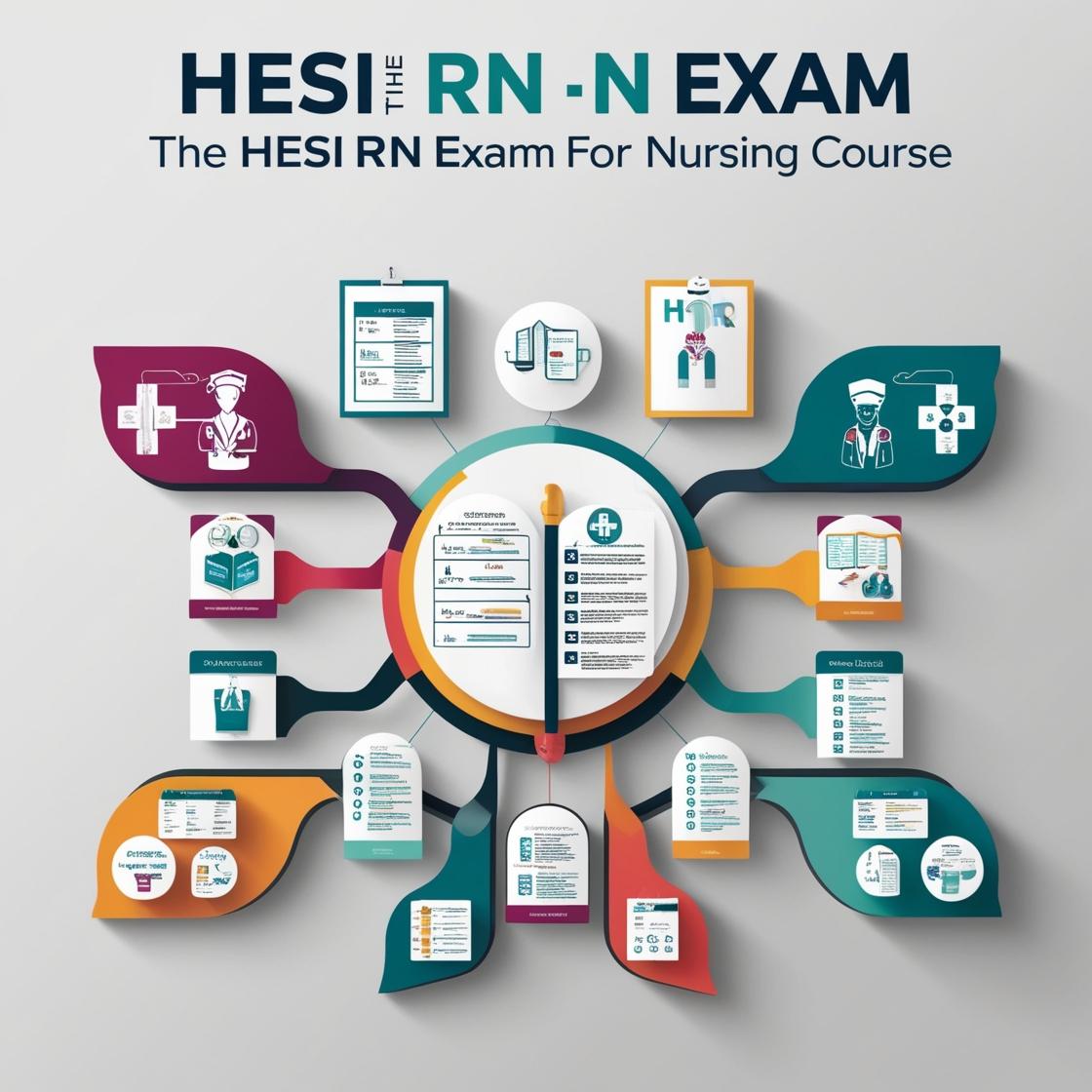HESI RN
Community Health HESI 2023 Quizlet
1. In conducting a health assessment for a family with a history of cardiovascular disease, which family member should be prioritized for further evaluation and intervention?
- A. a 45-year-old father who smokes and has high cholesterol
- B. a 17-year-old daughter who is overweight and inactive
- C. a 50-year-old mother with a history of hypertension
- D. a 12-year-old son who has a normal weight and is active
Correct answer: A
Rationale: The 45-year-old father who smokes and has high cholesterol is at a higher risk for cardiovascular disease due to multiple risk factors. Smoking and high cholesterol are significant contributors to the development of cardiovascular issues. Prioritizing his evaluation and intervention is crucial to address these modifiable risk factors. The other family members, though they may have risk factors as well, do not present with the same level of immediate risk based on the information provided.
2. The healthcare provider is assessing a client who has returned from hemodialysis. Which finding requires immediate intervention?
- A. Weight gain of 1 pound.
- B. Dizziness.
- C. Fatigue.
- D. Muscle cramps.
Correct answer: D
Rationale: After hemodialysis, muscle cramps can indicate an electrolyte imbalance, such as low potassium or magnesium levels, which requires immediate intervention to prevent potential complications like cardiac arrhythmias. Weight gain of 1 pound, dizziness, and fatigue are common post-hemodialysis symptoms that may not necessarily require immediate intervention unless they are severe or persisting.
3. A public health nurse is working with a community to improve vaccination rates. Which intervention is most likely to be effective?
- A. Setting up vaccination clinics in accessible locations
- B. Distributing flyers with information about vaccines
- C. Offering incentives for getting vaccinated
- D. Partnering with local businesses to promote vaccination
Correct answer: A
Rationale: Setting up vaccination clinics in accessible locations is the most effective intervention to improve vaccination rates. This intervention ensures easy access to vaccination services for community members, removing barriers such as transportation or time constraints. Distributing flyers (Choice B) may increase awareness but may not directly address access issues. Offering incentives (Choice C) might temporarily boost vaccination rates but may not lead to sustained behavior change. Partnering with local businesses (Choice D) could be beneficial for promotion but may not directly impact vaccination accessibility.
4. Prior to implementing a community health program targeting teenage smoking, which information is most important for the nurse to obtain?
- A. greater access to any healthcare provider
- B. allowance for early discharge
- C. Prevalence and patterns of smoking among teenagers
- D. approval by the network healthcare provider
Correct answer: C
Rationale: The most important information for the nurse to obtain before implementing a community health program targeting teenage smoking is the prevalence and patterns of smoking among teenagers. Understanding this data is crucial to tailor the program to the specific needs and behaviors of the target group, ensuring it addresses the root causes effectively. Choices A, B, and D are unrelated to the specific needs of the target group and do not provide essential information for designing an effective smoking cessation program for teenagers.
5. The nurse must delegate some aspects of a homebound client's care to a home health aide. Which intervention should the nurse delegate to the home health aide?
- A. evaluating a pressure sore
- B. applying a prosthetic device
- C. performing a sterile dressing change
- D. assessing the client's need for an elevated toilet seat
Correct answer: B
Rationale: The correct answer is B: applying a prosthetic device. Home health aides are trained and authorized to assist with the application and management of prosthetic devices for clients. Evaluating a pressure sore (choice A) requires clinical assessment and judgment typically performed by a licensed healthcare provider such as a nurse. Performing a sterile dressing change (choice C) involves aseptic technique and wound care skills that are usually performed by licensed healthcare professionals. Assessing the client's need for an elevated toilet seat (choice D) involves a level of assessment and decision-making that is beyond the scope of practice for a home health aide.
Similar Questions

Access More Features
HESI RN Basic
$89/ 30 days
- 50,000 Questions with answers
- All HESI courses Coverage
- 30 days access @ $89
HESI RN Premium
$149.99/ 90 days
- 50,000 Questions with answers
- All HESI courses Coverage
- 30 days access @ $149.99
